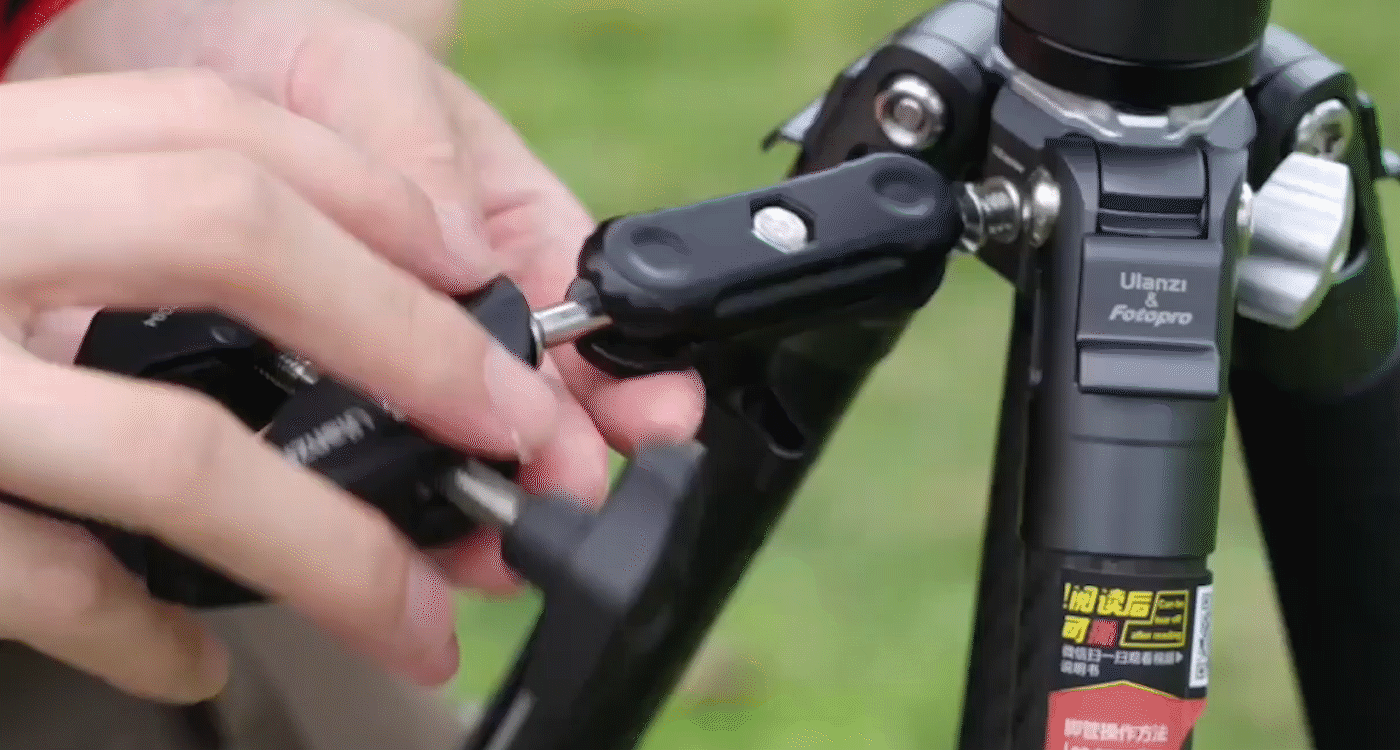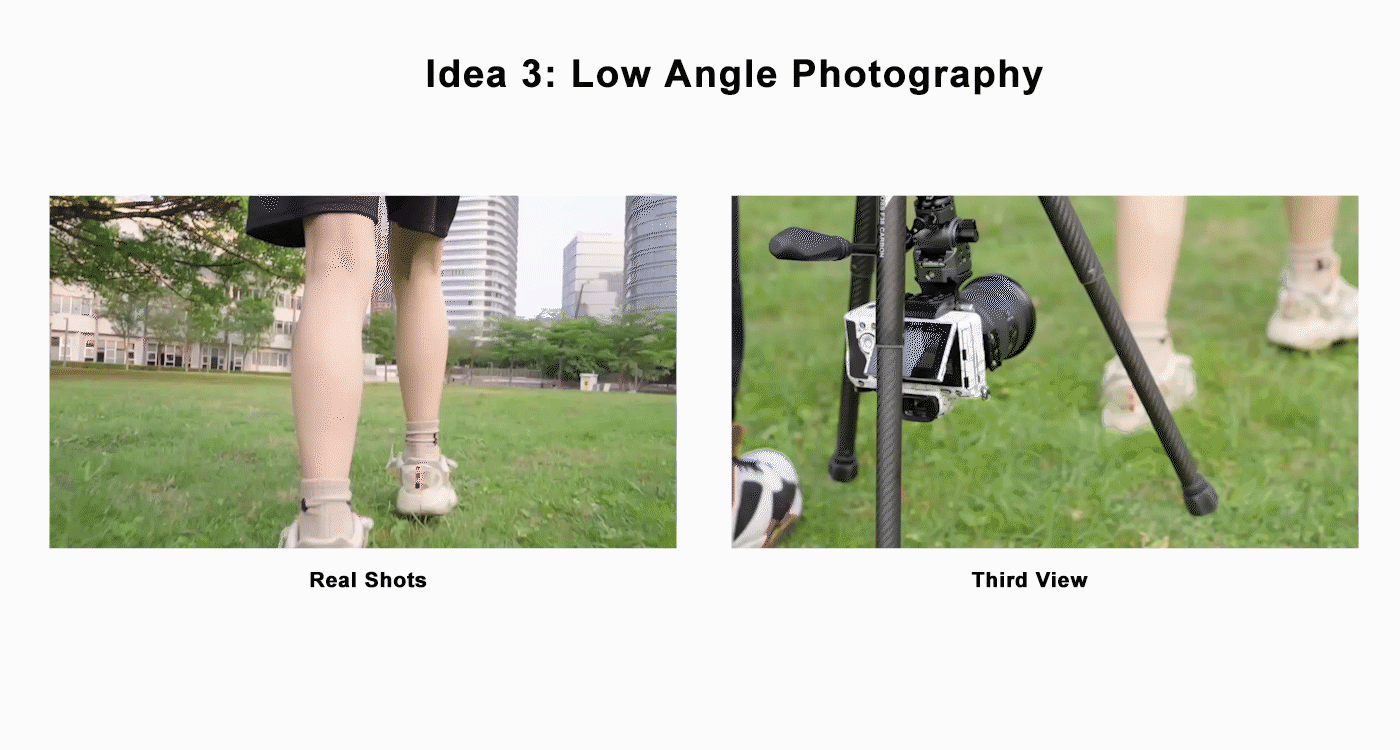A photography tripod is an essential tool for any photographer, but did you know that there are many different ways to use it?
Idea 1: Photography Foreground Grafting
Products used: F38 Video Tripod, R094 Multi-Functional Super Clamp
The foreground plays a very critical role in photography composition because it is what focuses the attention of the observer, adds depth and layering to the scene, and can evoke a specific mood. However, not all scenes have an ideal natural foreground. Foreground grafting is an artistic workaround for artificially inserting foreground elements when there is not a natural good one to be found, thus enhancing the scene and enhancing the composition. You can choose a variety of fun items to graft, such as plants leaves, flower petals, gauze, or small objects. To do this, you can simply use a clamp (like a multi-purpose super clamp) to mount the chosen foreground object onto a tripod leg or center column. The trick is to control the distance and relative position of the foreground object to the lens and main subject, deciding how much blur and what shape it takes in the shot. A large aperture can produce a beautiful bokeh effect in the foreground to isolate the subject, or a narrower aperture to retain more detail in the foreground. Take note of the way light interacts with the foreground object, as this will impact on the ultimate visual outcome. Foreground grafting does involve some experimentation and tweaking, but it has the ability to introduce unplanned creativity and dimension to your images, particularly well-suited to portraits, macro, and still life photography.
Photography method:
Step 1: Install the R094 Super Clamp on the tripod

Step 2: Add the foreground you need and start photography

Idea 2: Simple Shoulder Carrying for Photography
This method is not for achieving ultimate stability, but rather for quickly changing positions, increasing mobility, or getting a unique perspective slightly higher or lower than handheld shooting. It offers a flexible option between handheld shooting and a fully set-up tripod. To do this, rest a collapsed or partially collapsed lightweight tripod steadily on your shoulder, with the camera positioned in front of your eye or slightly above. Hold the tripod with one hand and operate the camera with the other. Try to keep your body stable, using the length of the tripod as an additional support point. This method is less stable than a fully deployed tripod, so it's not suitable for long exposures or shooting sensitive to shake (like macro). However, it's very practical for scenarios requiring quick capture of moments, slightly elevating your perspective in a crowd, or rapidly adjusting shooting height in uneven terrain, such as street photography or event coverage.

Idea 3: Low Angle Photography
Low-angle photography is able to have a significant impact on the general view of the image, making the subject look larger and more powerful, foreground elements emphasized, and even removing distracting background objects to provide a clear and strong visual impression. Reversing or removable center columns and adjustable legs with wide-angle extension are now standard fare on most modern tripods. Using these features, you can place your camera nearly on the ground. While shooting low angle, you need to extend and lock the legs of your tripod as it can be difficult to view from the low angle via the optical viewfinder. It is highly recommended to use your camera's live view, tilting screen, or smartphone app for remote viewing and control. In addition, use the camera's electronic level to help keep the frame horizontal. Low angles are ideal for shooting children, pets, flowers, and other low subjects, showing their perspective on the world. They also can be used to make great architecture look dramatic or shoot action-packed pictures.

A photography tripod offers a multitude of ways to improve the quality of your photos/videos and expand your creative boundaries. By trying out these different techniques, you will soon be able to make the most of your tripod and fully unleash the potential of your photography.






